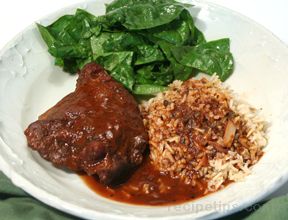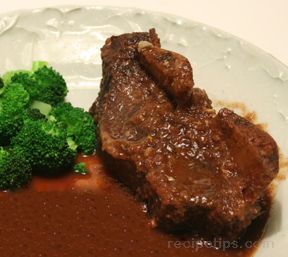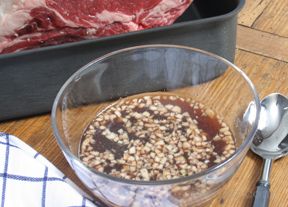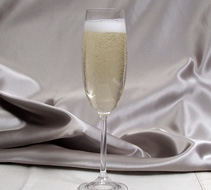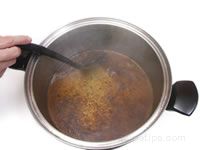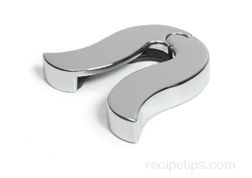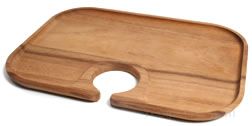Similar Content to: Wiener

Sparkling wines such as champagne contain natural carbonation. Fortified wines such as port and sherry have higher alcohol content because of the addition of other liquors such as brandy. Aromatic wines such as vermouth, have been flavored with herbs.
For long-term storage, wine bottles with corks should be placed on their side with the bottom of the bottle slightly higher than the top so that the cork remains wet and expanded from the moisture to keep air from entering affecting the flavor of the wine. Once the bottle is opened, the wine is exposed to air so as it oxidizes it begins to decompose in flavor, becoming more vinegar flavored the longer it is stored. To help with storing opened wines, many different types of cork substitutes are available that are made to remove excesss air remaining in the bottle after some of the wine has been consumed. Various vacuum pumps with bottle stoppers that allow air to be withdrawn from the bottle can be purchased to delay the wine from becoming acidic or to seal the opening securely so the fruit flavor can be retained for 4 to 5 days. The bottle stopper is moistened to create a tighter seal, the pump is placed over the stopper and the pump is activated up and down to withdraw the air inside. The wine, regardless of type and variety, should then be placed in a refrigerator to help preserve the flavor. If the flavor becomes too acidic, it can still be kept for up to a month to be used as a cooking wine.





